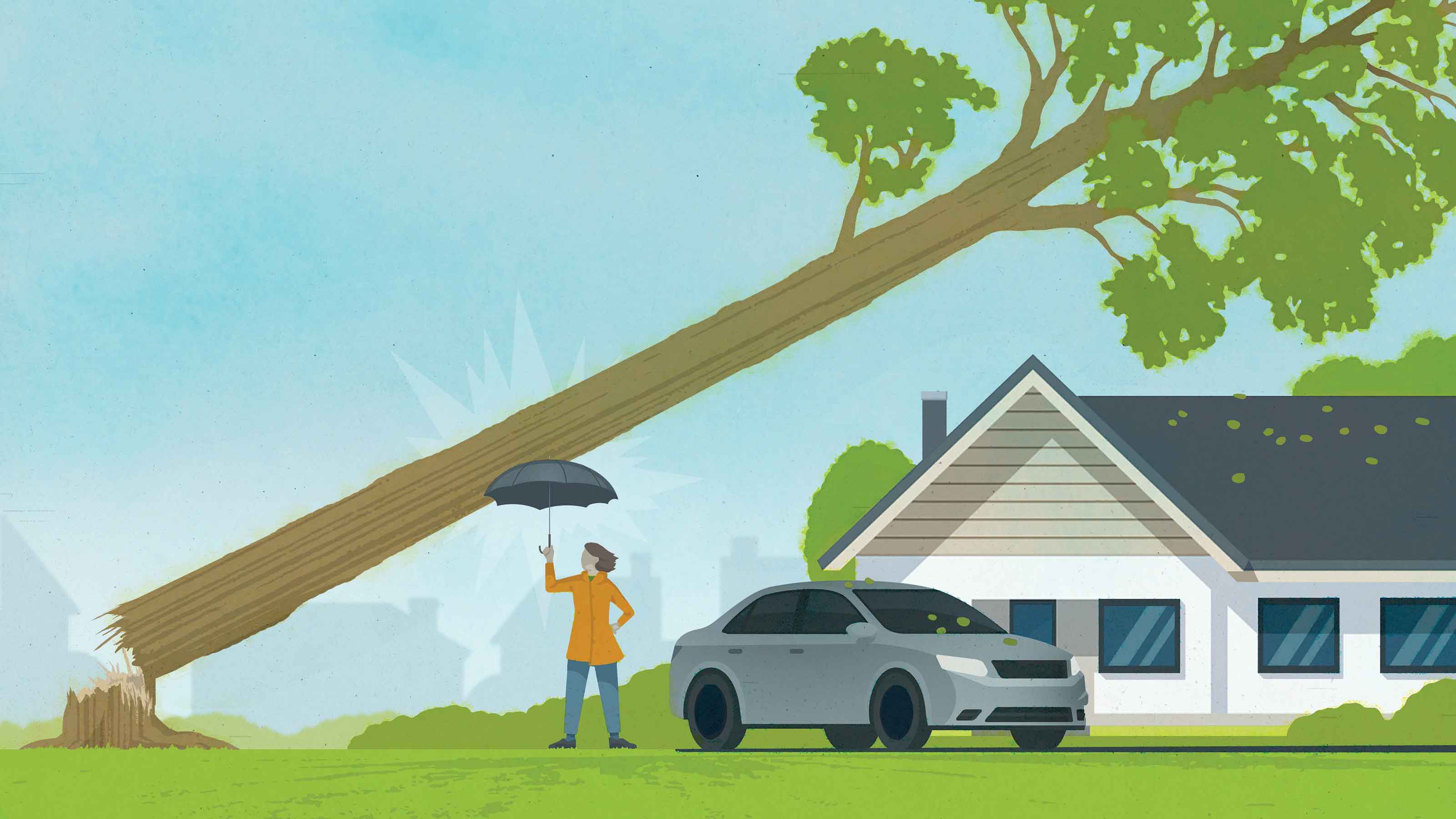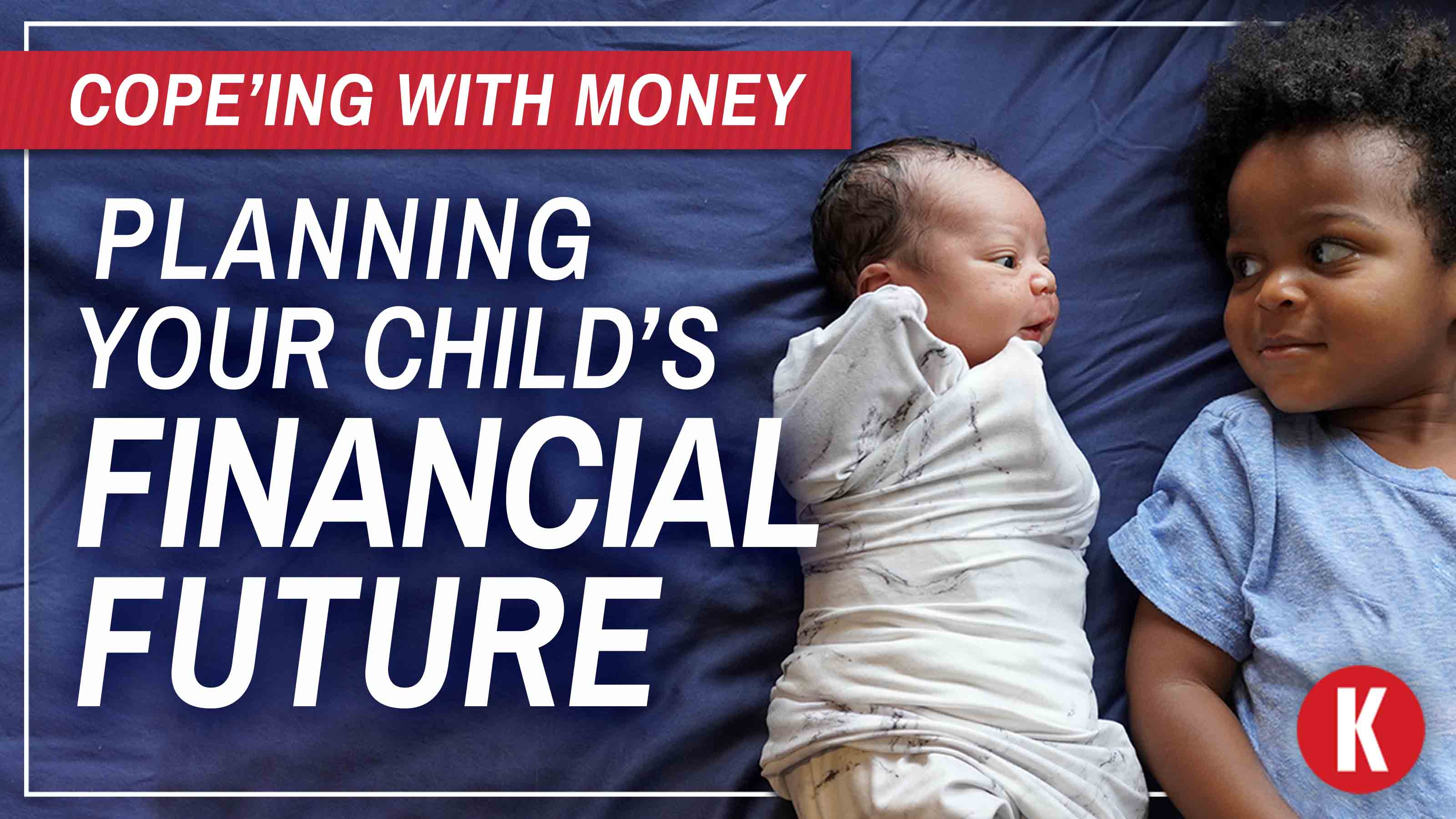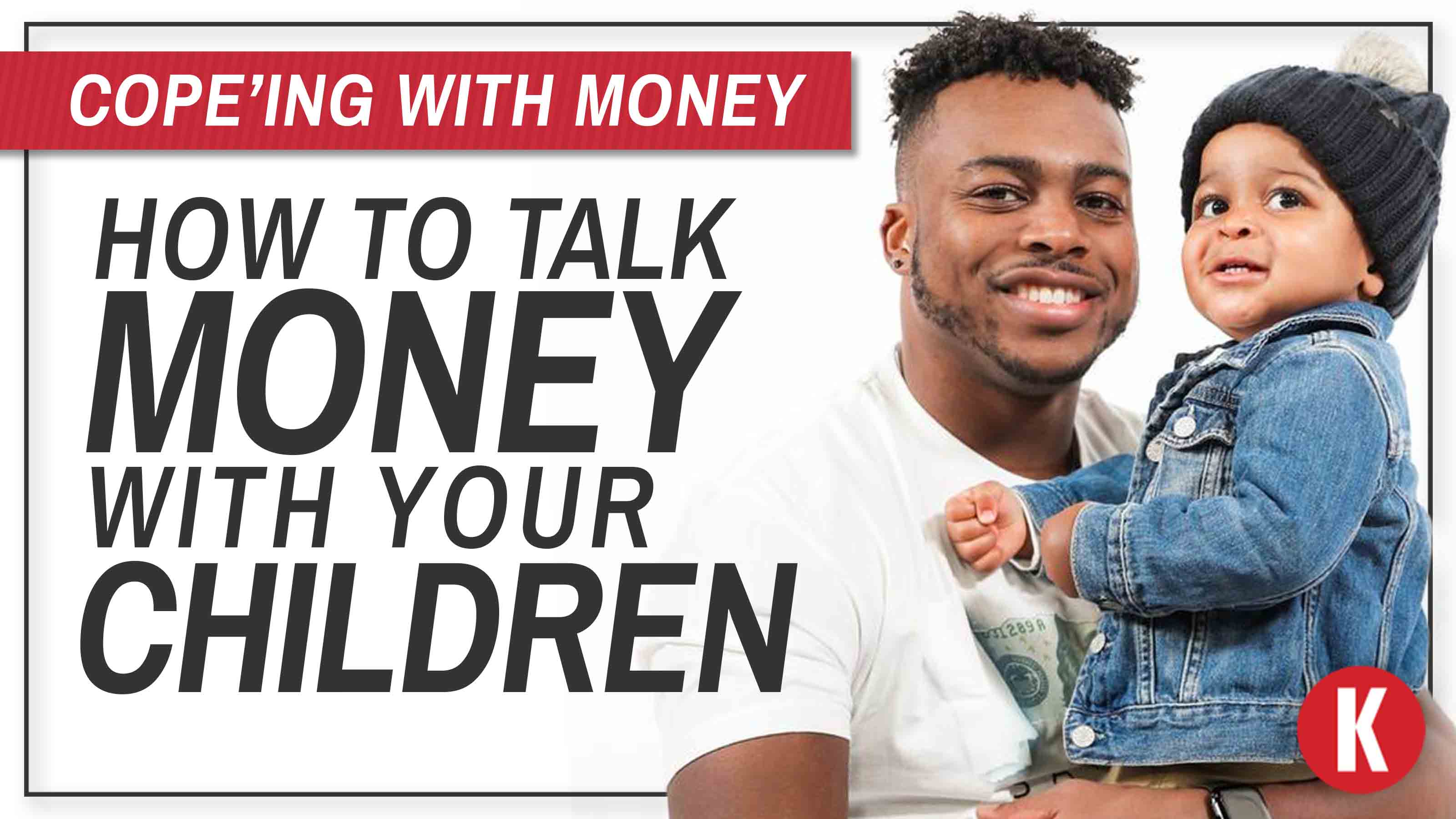6 Ways to Trim the Cost of Car Insurance for a Teen Driver
Your teen may qualify for discounts, but first shop around for less-pricey coverage


Question: My son is about to get his drivers’ license, and I know our insurance is going to go through the roof! What can I do to make it less painful?
Answer:
No matter what you do, your premiums are going to jump when your teenager starts driving. But a few strategies can help reduce the hit.

Sign up for Kiplinger’s Free E-Newsletters
Profit and prosper with the best of expert advice on investing, taxes, retirement, personal finance and more - straight to your e-mail.
Profit and prosper with the best of expert advice - straight to your e-mail.
1. Shop around for coverage before your teen gets his license. Some insurers have much better rates for young drivers than others, and the company with the lowest price for you now may not offer the best deal when you add a teenage driver. “If you know your child will be getting his or her license soon, maybe within six months, contact your insurance agent to give a heads up,” says Sarah Brown, an independent insurance agent in Shrewsbury, Pa. You may qualify for a better rate category if you switch before adding your son rather than shopping around after he’s already on the policy. You may qualify for a preferred policy, says Brown. When you add a young driver to such a policy, rates don’t spike as much.
2. Get credit for good grades. Most insurers offer a discount for students under age 25 who maintain a B average or better in high school or college – and the breaks can be significant. Specifics vary by insurer and state, but the discount can be worth as much as 20% to 25%. You usually need to provide the insurer with a copy of his report card. “Be prepared to send evidence periodically to maintain the discount,” says Brown.
3. Take extra steps to get more breaks. Many insurers offer discounts for drivers under age 21 who completed a drivers’ education course; find out what courses qualify before signing up. Some insurers also offer their own safe-driver programs for young drivers. Participating in State Farm’s Steer Clear program in most states, for example, can cut rates by as much as 15% for drivers under age 25 who have had no at-fault accidents or violations for the past three years (or for as long as they’ve been driving) and who complete the safe driving course either online or through State Farm’s mobile app and trip log.
4. Buy a safe car. Ask your insurer or agent about insurance costs when choosing a car for your teenager. Some insurers list relative insurance costs by type of car – see State Farm’s vehicle insurance ratings, for example. Be careful before buying an old beater that may be inexpensive to replace but may not have the safety features of a newer car. Take a look at the Insurance Institute for Highway Safety’s list of of “best choices” for teenage drivers starting at less than $20,000, and “good choices” starting at less than $10,000.
5. Boost deductibles. Collision coverage for teenage drivers is pricey, so this can be a good time to boost deductibles to $500 or $1,000 and keep extra money in your emergency fund to pay for any damages. Compare premiums at different deductible levels to find your insurer’s sweet spot. If you have an older car, you could drop comprehensive and collision coverage entirely – but first compare the premiums for keeping the coverage with the cost to replace the car. You can go to Edmunds.com or KBB.com to estimate your car’s replacement cost.
6. Benefit from your driving record. If you have the option of keeping an older teenager on your policy or having him get his own policy (the rules vary by state), it usually costs less to keep the teenager on the parents’ policy, says Jana Schellin Foster, an independent insurance agent in Carson City, Nev. That way, he’ll benefit from the same discounts as the parents, such as a multicar discount or multipolicy discount if you also have home insurance with the same company. You may also be getting a discount for owning a home or going for several years without a claim.
Staying on your policy could also help your child benefit from your “insurance score,” says Brown. Your insurance score, which is based primarily on your credit record, can affect your premiums in many states, and parents usually have a better insurance score than their child, says Brown.
When you add your teen to your policy, boost your liability coverage, too – and consider a $1 million umbrella policy on top of your auto and home insurance liability limits. You are bringing more risk to your household by having an inexperienced driver on the road, says Brown. It can cost a few hundred dollars to add a $1 million umbrella policy, which can protect your assets and future earnings if your child causes an accident that injures someone or damages his or her property.
Get Kiplinger Today newsletter — free
Profit and prosper with the best of Kiplinger's advice on investing, taxes, retirement, personal finance and much more. Delivered daily. Enter your email in the box and click Sign Me Up.

As the "Ask Kim" columnist for Kiplinger's Personal Finance, Lankford receives hundreds of personal finance questions from readers every month. She is the author of Rescue Your Financial Life (McGraw-Hill, 2003), The Insurance Maze: How You Can Save Money on Insurance -- and Still Get the Coverage You Need (Kaplan, 2006), Kiplinger's Ask Kim for Money Smart Solutions (Kaplan, 2007) and The Kiplinger/BBB Personal Finance Guide for Military Families. She is frequently featured as a financial expert on television and radio, including NBC's Today Show, CNN, CNBC and National Public Radio.
-
 Stock Market Today: Stocks Gain on Tech, Auto Tariff Talk
Stock Market Today: Stocks Gain on Tech, Auto Tariff TalkThe Trump administration said late Friday that it will temporarily halt tariffs on some Chinese tech imports.
By Karee Venema
-
 Sam's Club Plans Aggressive Expansion: Discover Its New Locations
Sam's Club Plans Aggressive Expansion: Discover Its New LocationsSam's Club expansion plans will open up to 15 new stores each year. Learn where they plan to open in 2025.
By Sean Jackson
-
 Six Steps to Get Lower Car Insurance Rates
Six Steps to Get Lower Car Insurance Ratesinsurance Shopping around for auto insurance may not be your idea of fun, but comparing prices for a new policy every few years — or even more often — can pay off big.
By Donna LeValley
-
 Reading, Writing, and Personal Finance
Reading, Writing, and Personal FinanceRaising Money-Smart Kids A growing number of high schools are adding personal finance to their curriculum.
By Sandra Block
-
 Time to Reshop Your Home and Auto Insurance
Time to Reshop Your Home and Auto InsuranceMaking Your Money Last Comparing prices on policies and bundling your coverage may save you money.
By Rivan V. Stinson
-
 Planning Your Child's Financial Future
Planning Your Child's Financial FutureFeature Atlanta Falcons linebacker and Kiplinger contributing editor Brandon Copeland talks about ways to set your child up with a strong financial foundation.
By Brandon Copeland
-
 Five Best Financial Gifts for Grandkids
Five Best Financial Gifts for Grandkidsgift ideas If you've been giving your grandchildren cash for the holidays, now is a good time to rethink that. There are other financial gifts that will help teach them the value of money and set them up for life.
By David Rodeck
-
 How to Talk About Money With Your Children
How to Talk About Money With Your ChildrenBrandon Copeland Atlanta Falcons linebacker and Kiplinger contributing editor Brandon Copeland discusses how to engage with children on spending, investing and other money topics.
By Brandon Copeland
-
 Readers Share Tips for Raising Money Smart Kids
Readers Share Tips for Raising Money Smart KidsRaising Money-Smart Kids What's the right age for a child to have their own credit card? Opinions vary.
By Janet Bodnar
-
 Best Banks for Parents With Kids
Best Banks for Parents With KidsRaising Money-Smart Kids Kids learn the ropes of banking with dedicated checking and savings accounts from these online banks, and parents have impressive options for their own needs, too.
By Lisa Gerstner